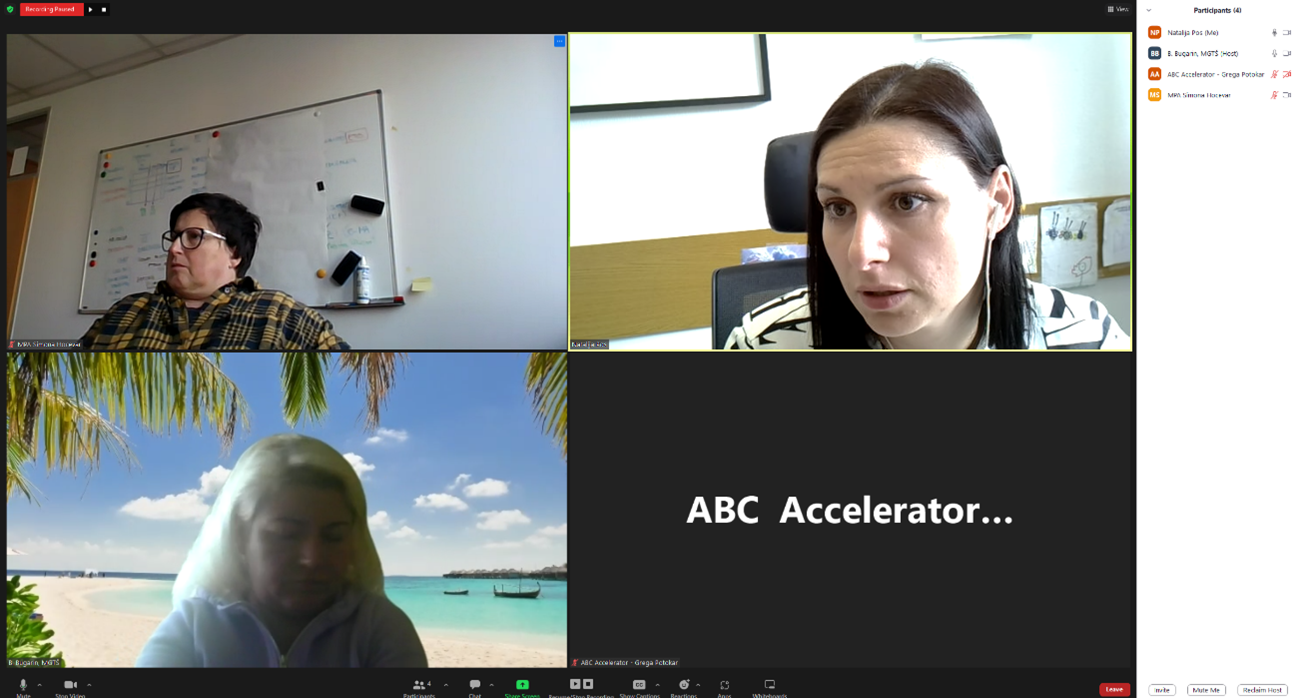What are Financial Instruments?
Financial instruments represent a potentially resource-efficient way of deploying public resources to target projects with expected economic viability (investment returns) in pursuit of Europe's development and investment objectives. Financial instruments (FIs) provide support for investments by way of loans, guarantees, equity and other risk-bearing mechanisms, possibly combined in the same operation with technical support, interest rate subsidies or guarantee fee subsidies.
Besides the obvious advantages of recycling funds over the long term, financial instruments help to mobilise additional public or private co-investments in order to address market failures in line with European cohesion policy priorities. In the light of the context of scarcity of public resources, financial instruments are expected to play a increasing role in cohesion policy in the future.
A total EU allocation of EUR 14 billion
In this chart, you can see the total EU amount allocated to FIs from each of the different European Structural and Investment Funds to approved FI funds. Overall more than EUR 14 billion was allocated by end-2017, with around 94-95% of that funding under the European Regional Development Fund (ERDF). The dataset also includes information on the total committed amount including national funding.
How are the different EU Member States using FIs?
This chart shows you the financial volumes approved in each Member State with the total and EU approved amounts. The filters can be used to see progress over time and by fund.
Who will be interested in FI data?
The dataset on FI financial progress will be of interest to a range of Cohesion Policy stakeholders and researchers. This data facilitates monitoring the use of EU and national financial resources allocated to FIs fund by fund. It provides an overview and information on average rates of financial progress. Over time there are significant differences across Member States in the rate of progress delivering these instruments. Some EU countries were slow to select financial intermediaries, while some FIs are demonstrating early concrete results in terms of leveraging resources returned for further investments.
By the end of November 2018, nearly 900 users had viewed the dataset and 150 researchers and students had downloaded it.
Need to know more?
- Check the original article (with more data) published by the European Commission on the EC Open data platform here.
- Investigate the dataset used to generate the graphs presented above, which has more details on financial implementation by programme, also down to the level of commitments and payments made to the final recipients (i.e. SMEs).
- The Commission provides more information and maintains a list of annual data summaries and resources on this webpage.
- Video from the fi-compass advisory platform explaining the types of FI products that can be supported by the ESI Funds in the period 2014-2020 to support projects across Europe generating social and economic returns.













